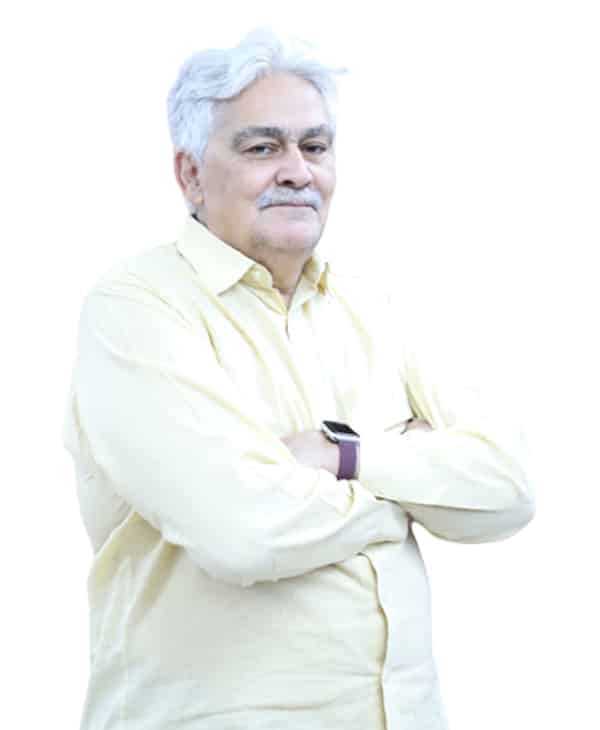THE PAKISTAN DEVELOPMENT REVIEW
Intergenerational Mobility: Evidence from Pakistan Panel Household Survey (Vol.53 No.2-2014)
Pakistan over the years, since its independence in 1947, had a rather erratic growth profile but on average GDP growth rate hovered around 5 percent per annum with per capita income growth ranging between 2 to 3 percent. The structure of the economy graduated from being predominantly agriculture in 1950s to being service sector orientated since the turn of the century. The manufacturing sector grew from almost insignificance in 1947 to a reasonable level accounting for around one third of the GDP. The demographic inertia associated with unchecked population growth and emergence of job opportunities in urban areas led to massive rural to urban migration, which resulted in a rather high level of urbanisation. Concomitant changes in both the urban and rural labour markets are visible too. Not only did average years of schooling of the labour force rise but also changes in occupational classification suggest a relative rise
Sajid Amin Javed
Mohammad Irfan



